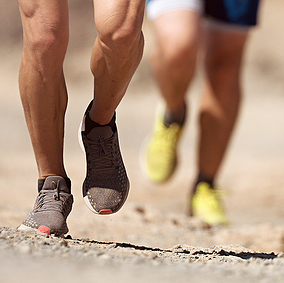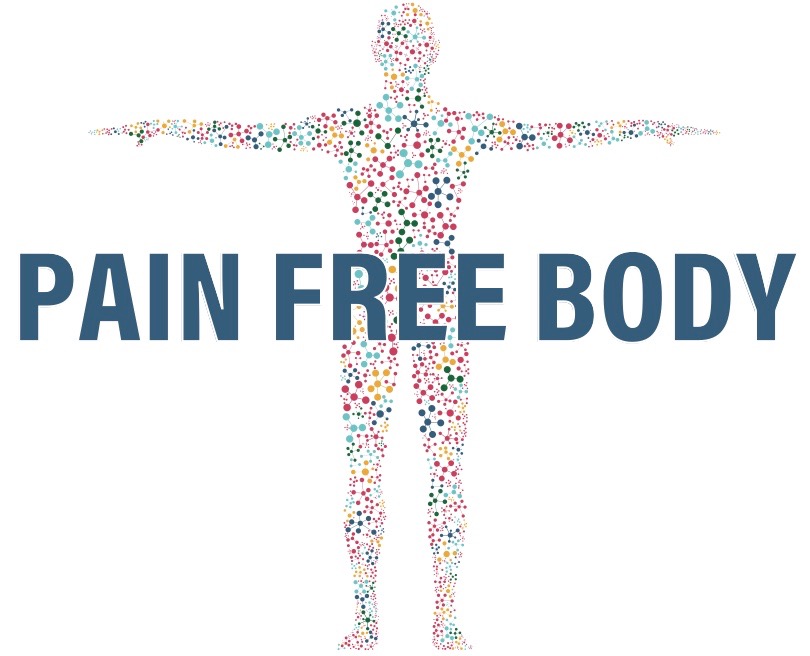Osteoarthritis: The Latest Research
Jul 28, 2021
“Osteoarthritis is not a ‘wear and tear’ disease of the joint.”
Thus says Tasha Stanton, associate professor and lead osteoarthritis researcher at the University of South Australia, Adelaide. I had the opportunity to listen to her presentation, “Re-thinking Osteoarthritis,” during Lormier Moseley’s Master Sessions 2021, hosted by the noi group. (Please note that the information that follows is on the cutting edge of the research. Because of this, it might oppose your current views. Thus, I encourage you to keep an open, curious mindset as you read.)
The aforementioned statement, “Osteoarthritis is not a ‘wear and tear’ disease of the joint,” likely contradicts everything you have been told and read about Osteoarthritis (OA). It did for me. Prior to this, our view of OA possibly reflected what has been found in the research,1 which is as follows:
People with OA believe their cartilage is gone and the joint is bone on bone as a result of overuse (wear and tear). Consequently, the joint is vulnerable and will continue to deteriorate over time. They avoid loading the knee (which was the focus area of this research) in fear that it will cause further damage and accelerate the degeneration of the cartilage. Finally, when the pain is great enough, the joint will be replaced since this is viewed as the only treatment option.
Does this sound familiar? It was what my doctor told me. I initially accepted it as the truth.

By extension of this logic, then, replacing the degenerated joint and damaged cartilage should fix the problem and end the pain, right? However, in Stanton’s presentation, she shared data that showed that this was not the case. During her presentation, she cited a 2012 study that found this interesting fact. Between 10-34% of patients with a total knee replacement had bad outcomes. Also, 15% of people reported moderate to severe pain two to five years after surgery.2
Now contemplate this for a moment. People were still having knee pain after they replaced the joint! Could it be that the thinning cartilage was not the only cause of the pain? To explain, let’s explore what the research tells us about cartilage.
Cartilage Thickens with Loading
 Studies have found that astronauts have thinner knee cartilage after they spend time in space. Interestingly, though, the cartilage of ultra-athletes thickens during long-distance events.3 Lacking its own blood supply, cartilage is nourished though loading and compression and thickens with activity. This is why people with arthritis are told to move. As the saying goes, “motion is the lotion.” According to Stanton, “cartilage wears and repairs.” She pointed out that the human body is bioplastic, which means it is dynamic. It is always changing. Thus, she discussed studies that showed people with advanced OA did well with exercise. These people exhibited physiological changes in their cartilage, such as improved shock absorbency.
Studies have found that astronauts have thinner knee cartilage after they spend time in space. Interestingly, though, the cartilage of ultra-athletes thickens during long-distance events.3 Lacking its own blood supply, cartilage is nourished though loading and compression and thickens with activity. This is why people with arthritis are told to move. As the saying goes, “motion is the lotion.” According to Stanton, “cartilage wears and repairs.” She pointed out that the human body is bioplastic, which means it is dynamic. It is always changing. Thus, she discussed studies that showed people with advanced OA did well with exercise. These people exhibited physiological changes in their cartilage, such as improved shock absorbency.
In saying this, you may be thinking, Hm. Although that sounds good, it’s too late for me. I don’t have any cartilage left. My bones are already touching. There is no space between the bones in my joint. However, Stanton doesn’t agree. Here is her response when Moseley asked about this:
“I don’t actually believe that it is an accurate thing to say – that someone has no joint space. I think there always will be a joint space there . . . even within a joint that would have very many changes you still have a lot of the natural things in place like lubricant . . . So should even things be touching (bone on bone) there are mechanisms in place to help things move. And importantly it still can improve . . . in terms of pain, in terms of function.”
The bottom line here is that even if you have severe OA with minimal cartilage and joint space, your cartilage will be healthier and your pain can be reduced with regular, moderate aerobic activity.
 Once again, you may be questioning this. You might also be thinking skeptically, if it hurts when I exercise, it must not be good for me. Thus, I shouldn’t do it. However, recall our premise here. There are additional factors that impact our pain experience with OA. And this is true! Other physiological changes happen when we are in chronic pain, regardless of the specific condition (i.e., osteoarthritis, tendonitis, bursitis, etc.) that impact our sensation of pain. It is this pain science, along with strategies to safely be active, that I teach in my PAIN FREE BODY group coaching program.
Once again, you may be questioning this. You might also be thinking skeptically, if it hurts when I exercise, it must not be good for me. Thus, I shouldn’t do it. However, recall our premise here. There are additional factors that impact our pain experience with OA. And this is true! Other physiological changes happen when we are in chronic pain, regardless of the specific condition (i.e., osteoarthritis, tendonitis, bursitis, etc.) that impact our sensation of pain. It is this pain science, along with strategies to safely be active, that I teach in my PAIN FREE BODY group coaching program.
Osteoarthritis is an Inflammatory Process
So if OA is not due to “wear and tear,” what is the cause? Well, according to Stanton, “OA is a mild whole-body inflammatory process which can show up in any joint including the knee.” Additionally, inflammation can be linked to multiple body systems and processes. These include the nervous system, immune system, tissues and joints, digestion and diet, gut health (microbiome), age, mind (thoughts, emotions, beliefs), environment and adipose/fat tissue. Stanton shared some research on this last item, adipose/fat tissue.
Fat or adipose tissue has always been seen as a contributor to OA because of the increased load this excess mass puts on the joints. Therefore, weight loss is generally recommended for those with OA. However, Stanton quoted research showing that it is the composition of this extra mass that is important. In fact, if the extra mass was fat tissue, there was a decrease in knee cartilage. But, if the extra mass was lean tissue, knee cartilage increased or was maintained.4
Consequently, there is something about fat tissue, not increased mass, that contributes to cartilage break down. Further research backs the relationship between adipose tissue and OA. To illustrate, researchers found this. When they studied the hand, a non-weight bearing joint, they could predict the progression of OA based on obesity. In short, these studies do not validate the idea that OA is caused by wear and tear. Rather, they drew the conclusion that excess fat and obesity contributes to the inflammation responses in osteoarthritis.4
Clearly, this is just the beginning of research in this area. Honestly, I find it very encouraging. If several systems and processes contribute to inflammation, then there are many ways we can treat and improve OA. So, surgery might not be the only answer. This is great news! We can take control of our OA.
 These research findings also validate the whole-person approach to treating chronic pain. All facets of your life need to be considered in healing. Below are Stanton’s three steps to recovery:
These research findings also validate the whole-person approach to treating chronic pain. All facets of your life need to be considered in healing. Below are Stanton’s three steps to recovery:
First, increase your knowledge. You’ve done that by reading this blog! I encourage you to keep exploring new information.
Second, increase your activity levels. Cartilage needs to be stressed to expand.
And third, decrease inflammation. Consider your lifestyle and dietary habits. In order to support this, check out my blog: 4 Steps to an Anti-Inflammatory Lifestyle.
In summary, the research is showing that the future of OA is not a pre-determined path to joint replacement. Rather, our bodies are bioplastic and can change and improve with exercise and reduced inflammation!
References
- Bunzli et al 2019 Clin Orthop Relat Res
- Beswick et al BMJ Open 2012
- Smith et al 2019 Articular Cartilage Dynamics; chutz et al Sci Reports 2020; Bruce et al Arthritis Res & Ther 2005
- Wang et al Osteoarthritis Cart 2015; Ding et al Osteoarthritis Cart 2012; Aspden Nat Rev Rheumatol 2011; Sellam Joint Bone Spine 2013
Stay connected with news and updates!
Join our mailing list to receive the latest news and updates from me.
Don't worry, your information will not be shared.
We hate SPAM. We will never sell your information, for any reason.

